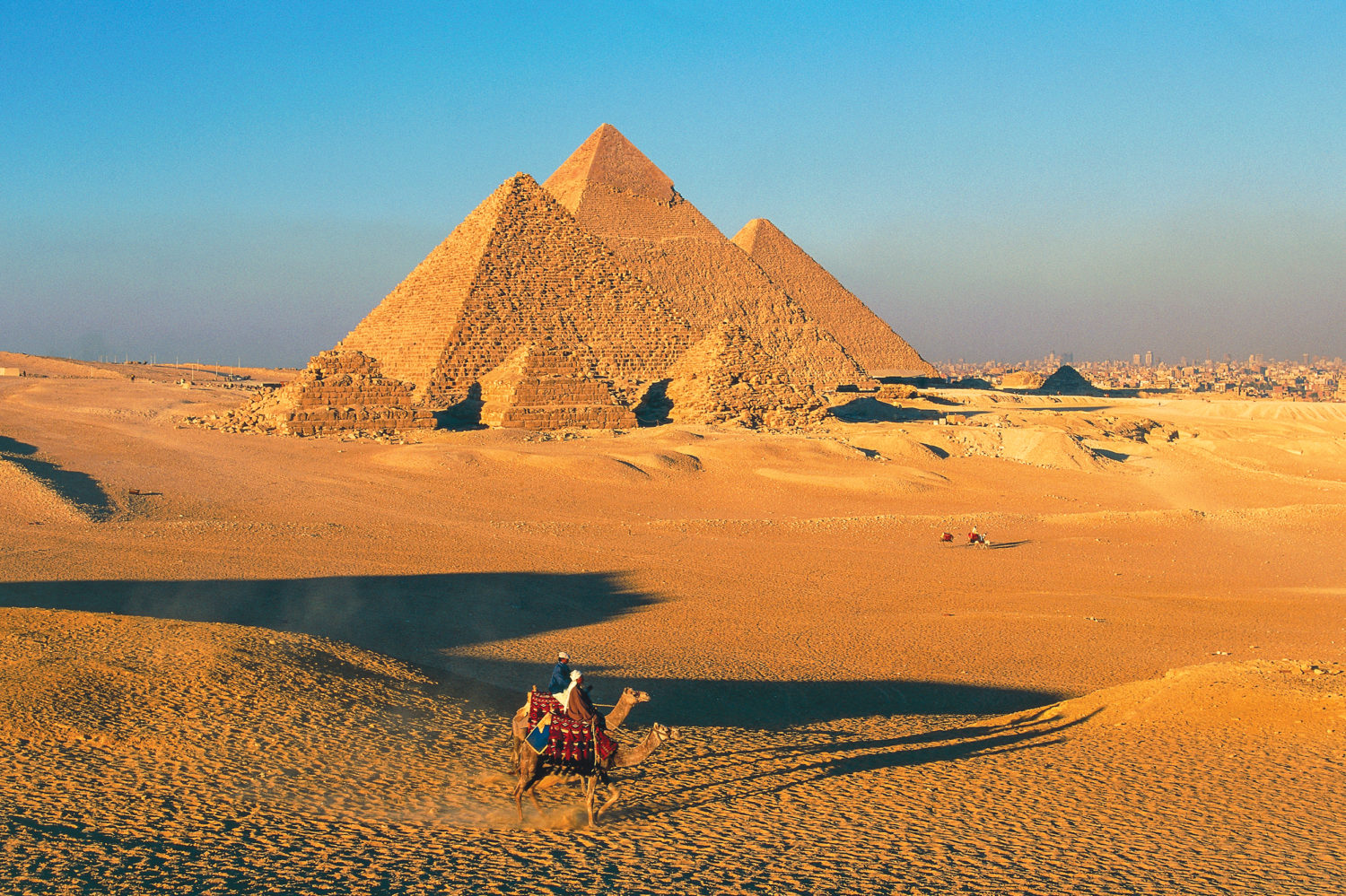“The Great Pyramid is the crowning triumph of the Egyptian people, animmortal monument to their enthusiasm, dedication and creativity.”[1]
—SGI President Ikeda
In February 1962, Soka Gakkai President Daisaku Ikeda went on his first trip to the Middle East. He arrived in Cairo, Egypt on February 6, setting foot for the first time on the continent of Africa. On his second day there, President Ikeda and his party went to the famous Giza pyramids.
In volume 6 of The New Human Revolution, which we are studying this month, President Ikeda shares his perspective on how the Great Pyramid of Khufu was built. He appears in the novel as Shin’ichi Yamamoto.
The Will of the People
Shin’ichi Yamamoto responded: “I wonder if these great pyramids were really built with slave labor. Somehow, I just don’t think that is true.”
• • •
“The fact that Khufu’s pyramid still stands means, to me at least, that the workers felt motivated to do their best by a strong sense of personal responsibility. Moreover, it would have been impossible to build the pyramid without tremendous unity of purpose, mutual cooperation and assistance.
“Where would such dedication, such enthusiasm for building this pyramid, come from? Certainly not from forced or slave labor. I think that the construction of the Great Pyramid strongly reflects the will of the people.”
Gazing at Khufu’s pyramid, Shin’ichi continued speaking with deep feeling: “The Great Pyramid is a magnificent accomplishment. But the people who actually built it deserve even greater respect and admiration. Human strength, wisdom and enthusiasm have infinite potential. Our task is to mine this vast repository of rich potential, using it to build world peace.”
• • •
At the time, they had no evidence on which to judge whether Shin’ichi’s intuition was true. But in 1983, some 20 years later, when Shin’ichi spoke with the distinguished French Egyptologist Jean Leclant, he confirmed that his intuition was not mistaken. Recent studies indicate that the Great Pyramid was not built by slaves but by free citizens. (The New Human Revolution, vol. 6, p. 96)
References
- The New Human Revolution, vol. 6, p. 97. ↩︎
You are reading {{ meterCount }} of {{ meterMax }} free premium articles

